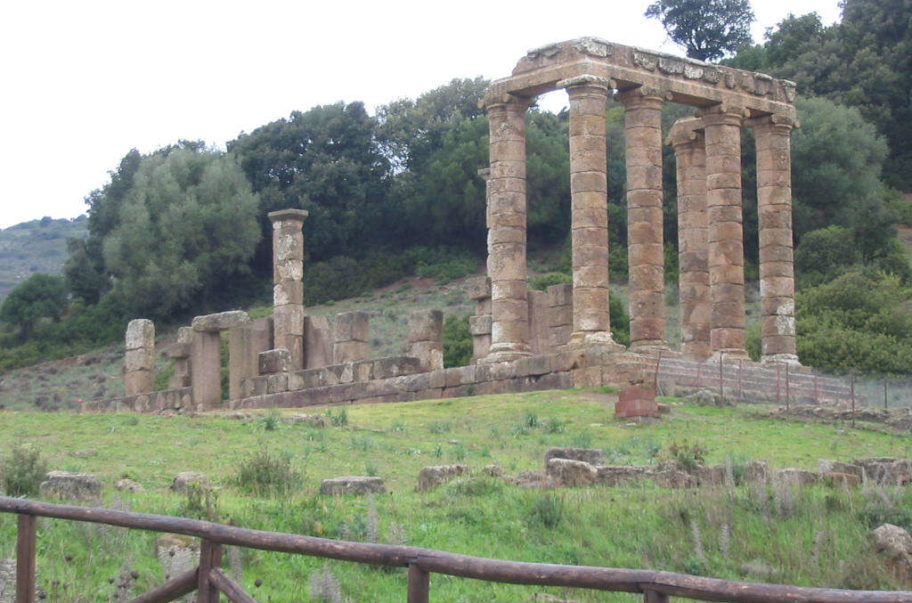Corpo Pagina
The territory of Fluminimaggiore in the Iglesiente shows traces of occupation dated back to the Neolithic such as the Punta Pilocca Cave.
In Canali Bingias area there are two megalithic walls dating back to the Copper Age, in an area also used as a quarry in the Punic and Roman ages. The area is in fact very rich in metals, the exploitation of which began in prehistory and then continued more extensively during Roman times. It was in this age that the center of Metalla was probably founded, where people obliged to do forced labor in the mines were sent, also called the “damnati ad metalla”.
The S’Oreri Cave dates back to the Bronze Age: here were found burials dating back to the Bonnanaro Culture near a building of the Nuragic age.
There are also some nuraghi in the area: Conca Muscioni and Su Pitzu Tundu.
South-east of the town is Su Mannau cave, used as a hypogeal place of worship dedicated to water. Inside, several votive lamps from the Roman era and older finds dating back to the Punic civilization were found. Now, it can be visited as tourist attraction.
In the valley of Rio Antas there is the sanctuary bearing the same name, whose most recent and best preserved phase dates back to the Roman age, when the god Sardus Pater was venerated. The place was frequented since the Nuragic age and, although there are no traces of the Nuragic sanctuary, a short distance away there is a burial ground with single well tombs dated to the Iron Age (9th-8th century BC).
In the Punic era the sanctuary was dedicated to the god Sid, who was also given the attribute of Babai, and underwent at least two construction phases.
After the Punic era, the temple underwent a first renovation during the Augustan age (end of the 1st century BC); this was followed by a total reconstruction in monumental forms in the 3rd century under the principality of Caracalla.
The temple thus took on the appearance presented in the current restoration, with a front portico of 4 columns with Ionic capitals supporting an architrave with the dedication to Sardus Pater, an indigenous divinity, identified as the transposition of the god Sid.

